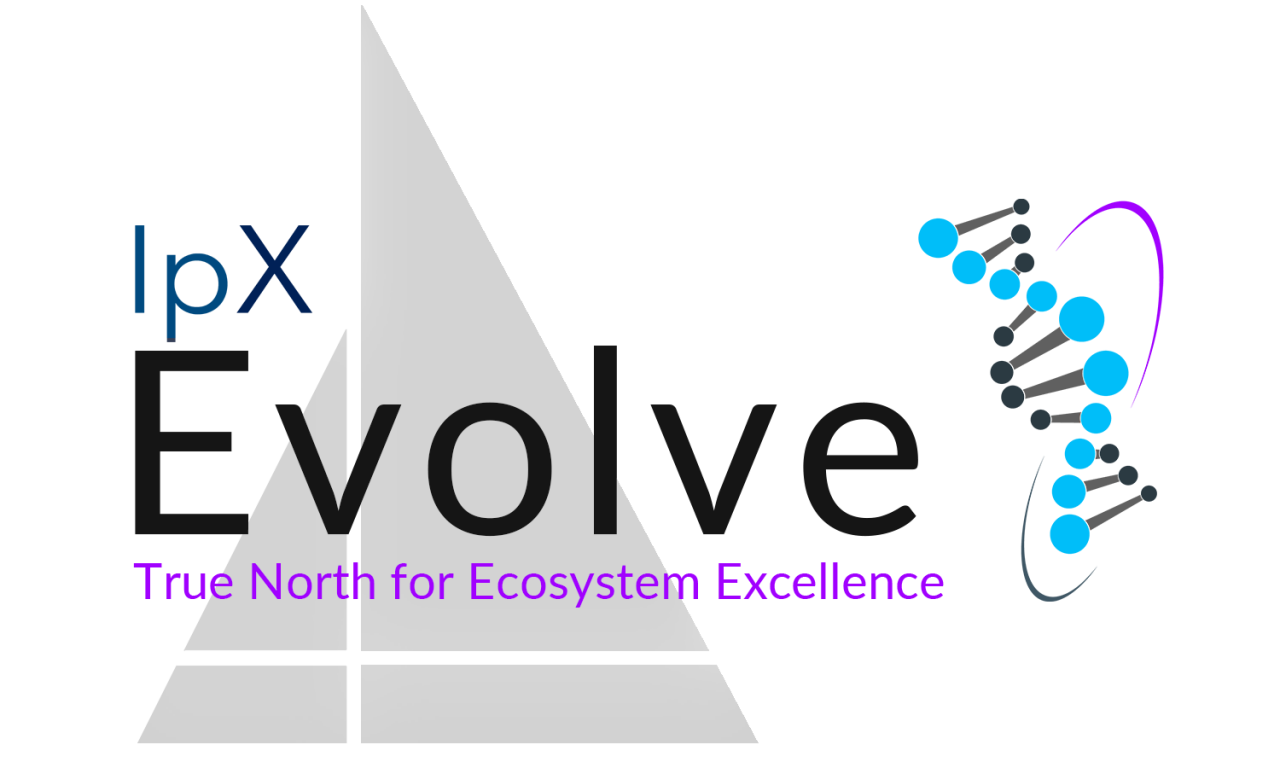Governance: Getting Serious about Process Improvement
06/01/2023
Michael Benning, IpX Executive Director True North Calibration

If water coolers (and their virtual equivalents) could rank order the conversations they hear, certainly a general category encompassing "throwing corporate processes under the bus" would appear in the top 3. For some organizations, this can be an outlet for creativity and innovation - finding new and inventive ways to disparage their most important business processes.
To their credit, many organizations recognize the gaps and respond by dedicating valuable resources to addressing process shortcomings. Far too many, however, neglect the most important element: governance.
What is process governance.
If a process - at its very core, can be described as a set of tasks, activities, and outputs conducted by individuals and teams, then governance addresses who decides what steps and tasks represent the best way to execute the process, and how they decide it. Effective governance is bigger than improvement projects - it begins with a full understanding of how the process is really functioning - at the working level and against a defined standard. It quantifies the impact of gaps and opportunities. It identifies process stakeholders and their requirements. And it clarifies process ownership, accountabilities, and responsibilities and maintains a systematic process for making key decisions about the process including updates to process standards and managing execution of improvements.
Effective governance removes "throwing corporate processes under the bus" from the top 3.
Why is process governance important.
Effective governance ensures processes deliver against organizational goals and objectives and timely, effective responses to shortcomings and improvement opportunities. Process governance is an ongoing, continuous activity. Process governance assigns and empowers members of the organization to:
- Drive consistent execution and process improvement: effective governance ensures processes are designed and executed in the most efficient and effective way possible. Driving improvement never stops - it responds to the evolving business environment, monitors process performance, and proactively identifies opportunities. Of course, improving processes begins with consistent execution across business units and functions against a well-defined standard.
- Ensure compliance: core business processes must comply with a myriad of categories of requirements including applicable laws and regulations, internal enterprise policies, and contractual agreements to name a few. Effective governance mitigates risks associated with business processes, such as compliance risks, security risks, and operational risks.
- Ensure transparency and accountability: good governance provides regular opportunities for stakeholders to engage and provide feedback and promote transparency and accountability in process execution and decision-making.
- Facilitate continuous improvement: governance promotes a culture of continuous improvement by monitoring and analyzing processes, identifying opportunities, and driving improvements.
What is required to achieve good process governance. Achieving effective process governance relies on several key elements including:
- Process ownership: business processes should have an identified owner who is accountable for ensuring that the process is executed in accordance with organizational policies and empowered to drive changes and implement improvements.
- Process documentation: documenting processes is crucial to ensure they can be standardized and optimized. Documentation provides a vehicle for the process owner and governance stakeholders to clearly communicate process details and performance expectations.
- Performance metrics: defining performance metrics enables organizations to measure the effectiveness and efficiency of processes and identify areas for improvement.
- Process control and monitoring: establishing controls and monitoring processes ensures that they are executed consistently, and deviations are identified and addressed in a timely manner.
What are some things to think about when determining process ownership.
Determining process ownership is a key step in achieving good process governance. Some things to consider when determining process ownership include:
- Accountability and authority: the process owner must be accountable for the performance of the process, including achieving process goals and ensuring compliance. Additionally, the process owner must be empowered to make decisions about the process and allocate resources as necessary.
- Stakeholder management: the process owner must be able to engage and collaborate effectively with other stakeholders, including process participants, internal business units and functions, and external partners.
- Expertise: the process owner should have a deep understanding of the process, including its goals, inputs, outputs, stakeholders, and potential risks.
- Strategic alignment: the process owner should understand how the process contributes to organizational goals and be able to align process goals with broader organizational objectives.
In the end, establishing a governance framework is about assigning accountability for ensuring that key processes are delivering against their organizational goals and objectives. And with that accountability, empower the organization to make key process definition and improvement prioritization decisions with engagement from key stakeholders.
For more information on how to get engaged with IpX Services for your next tool or transformation project, contact IpX Services at
services@ipxhq.com and visit our website to learn more about our
Ecosystem Transformation Services.AUTHOR
Michael Benning, Executive Director of True North Calibration, brings over 25 years of experience in various project and operations management roles in the oil and gas and manufacturing sectors. Prior to joining IpX, Michael was the Director of Program Management and was tasked with establishing a Change & Configuration Management competence based on CM2 principles at a tier-1 automotive manufacturer. This global competency included 2 Change Leaders, 1 Change Implementation Leader, 2 Audit Release Analysts, a Director of Change Management, and had direct oversight to the CAD services team. In addition to rationalizing existing product portfolios, and integrating CM2 principles with legacy engineering and operations processes, the team implemented a configurator platform.
Connect on LinkedIn
ALWAYS EVOLVE WITH IPX

IpX believes organizational sustainability, scalability and transformation are born from the continual evolution of people, processes, systems and data. Through our leading workforce development platform known as the IDEA Academy, our CM2 standard and certification courses, True North professional services, and digital solution advisement, we enable your organization to always evolve based on a functional blueprint for the ecosystem of tomorrow. Drive innovation, create a better customer experience, and enable your workforce as an organization built for change, speed, quality and resiliency.
www.ipxhq.com
 If water coolers (and their virtual equivalents) could rank order the conversations they hear, certainly a general category encompassing "throwing corporate processes under the bus" would appear in the top 3. For some organizations, this can be an outlet for creativity and innovation - finding new and inventive ways to disparage their most important business processes.
If water coolers (and their virtual equivalents) could rank order the conversations they hear, certainly a general category encompassing "throwing corporate processes under the bus" would appear in the top 3. For some organizations, this can be an outlet for creativity and innovation - finding new and inventive ways to disparage their most important business processes.